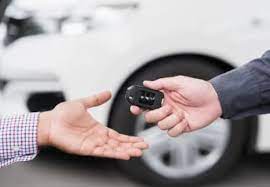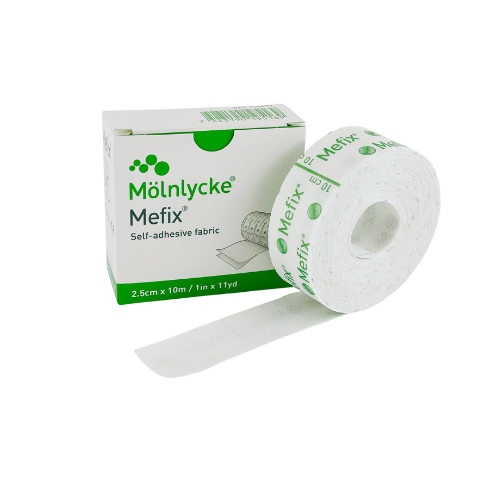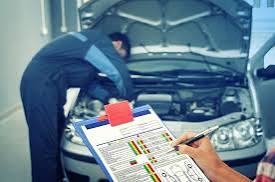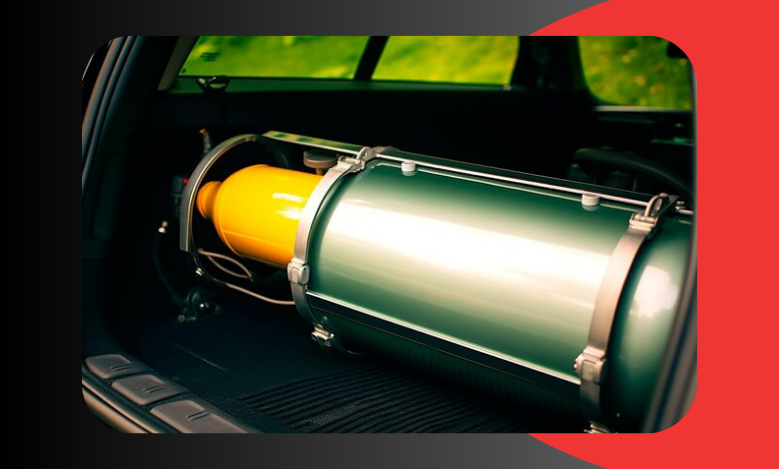If you’re in the market for a new car, you may be considering if leasing is right for you.
Leasing a car is perfect for some drivers and wrong for others. A lease is a long-term rental that typically spans 24–36 months. When the term ends, most often, you return the car to the dealership (sometimes, you have the option to purchase the vehicle).
In contrast, a purchase is yours for the long haul. Which approach is right for you? Here’s some guidance to help you decide:
Consider Your Driving Habits
Leases are structured around a certain “mileage per year” allotment that helps drive the payment — essentially, you’re paying for how much you plan to use the vehicle.
Averages vary based on the source, but the average driver drives anywhere from 10,000 to 15,000 miles per year. This is why the typical mileage allotment tiers for leases are 10,000, 12,000, and 15,000; so, if you drive within this range, leasing could be worthwhile.
Leasing becomes an even more enticing option if you drive 10,000 miles or less. This is because the cost of the mileage is often less than the depreciation that occurs in the first years of a vehicle’s life. You’ll often see manufacturers advertise lease specials with a 10,000-mile allotment.
However, if you do a lot of driving, then leasing probably isn’t going to make financial sense for you.
Look At Your Vehicle and Technology Preferences
Technology is evolving quickly, and cars are not immune. Leasing is a great option if you like to stay current with the newest features available in your vehicle. It lets you cycle into a new (and feature-filled) vehicle every two or three years.
Some drivers just want a car that gets them from A to B and don’t care as much about the newest features. If that’s you, owning your vehicle and keeping it for five, six, or even more years might make more sense.
Think About Upcoming Lifestyle Changes
Leasing can be a great option if you need a new car but are unsure what kind of vehicle you might need in the next few years. For example, let’s say you need a car today, but you know you’ll likely expand your family soon.
A sedan may be fine today, but you may want to transition to a roomier SUV in a few years. Leasing a car today requires a shorter commitment than buying one. It gives you the flexibility to get into an SUV sooner rather than later, potentially avoiding negative equity.
A sedan could also mean having something fun and sporty to drive for a few years before you get into something a little bigger.
Understanding the Financials
Leasing Could Bring Lower Monthly Payments…
Generally speaking, monthly lease payments are lower than loan payments for the same vehicle. So rather than paying off the total cost of the car, lease payments just cover the smaller cost of depreciation and use. This typically means you can get more car for your buck.
But Purchasing Could Be Cheaper in the Long Run
Leasing often offers a lower monthly payment than a car purchase, but that doesn’t mean it offers better overall value. With a loan, your monthly payment will eventually hit zero. Then your car’s cash value is yours to use as you like.
Plus, if you’re planning to own the car for a long time, you can spread out the month-to-month payment, bringing it way down. Typically, loan terms are five to six years, while lease terms are typically two to three.
Ownership Length and Residual Value Matter
If you’re already in a cycle of trading in your vehicle before it’s been paid off, it may be worth considering whether a three-year lease cycle makes more sense than purchasing and rolling negative equity from vehicle to vehicle.
It’s also worth understanding your car’s residual value (what it’ll be worth down the road) because all cars depreciate. However, depending on the make and model, some vehicles have better residual values than others, which is something to consider when leasing a vehicle.




